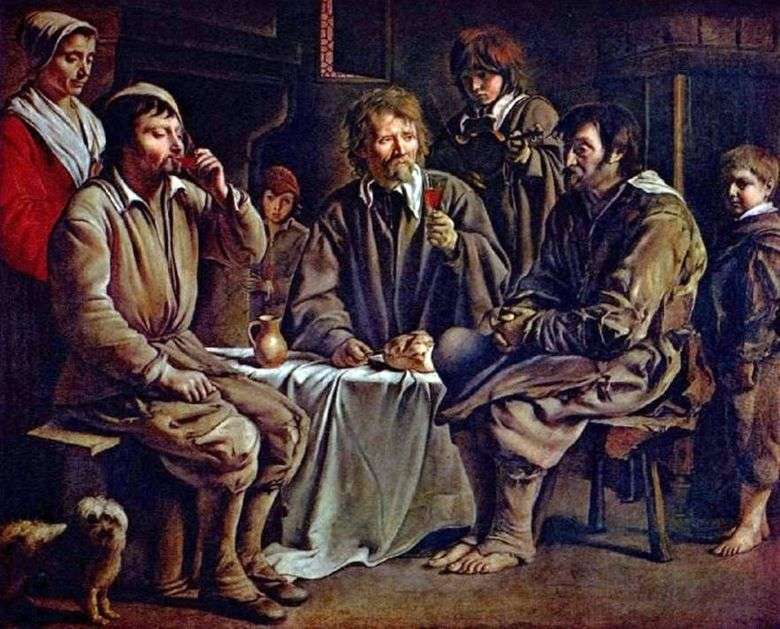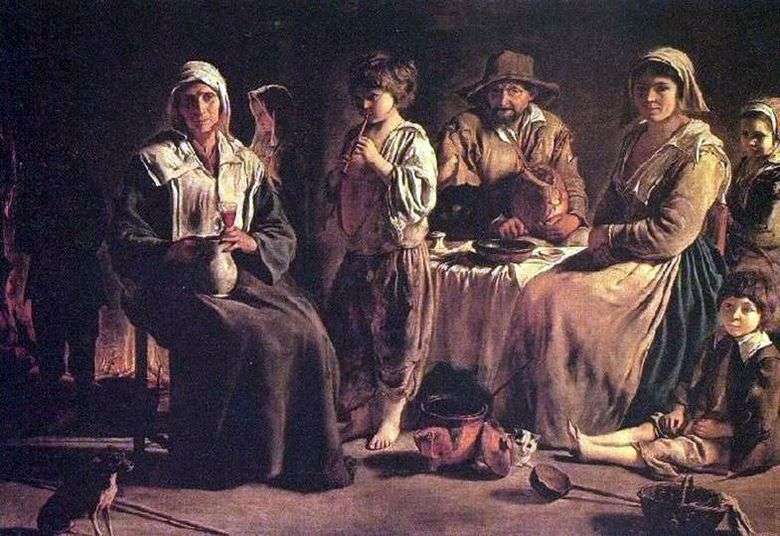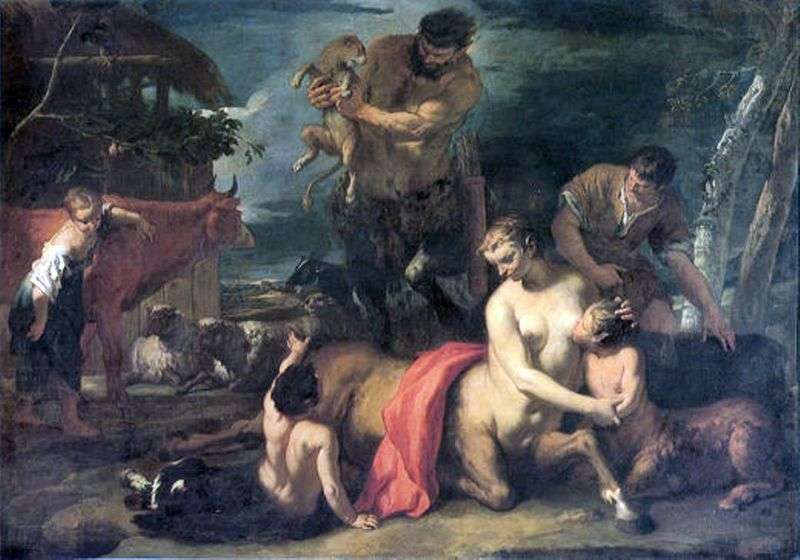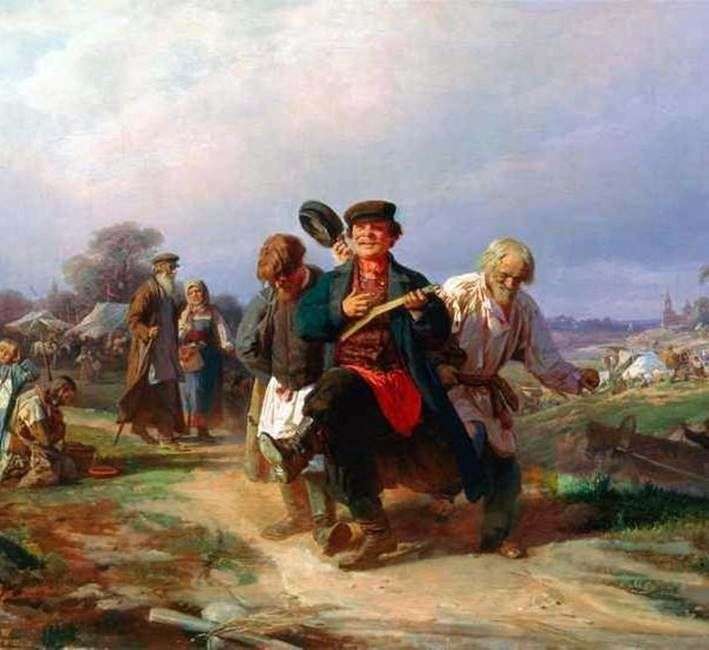
The painting “The Family of Thrush” has long won the fame of one of the most outstanding masterpieces of Louis Lenen. The artist stands out for his extraordinary originality, even against the backdrop of the brilliant culture of France of the XVII century. Having embraced the best features of this culture – the philosophical clarity of the world view, high moral dignity, spiritual strength, and the harmonious balance of the artistic language – he chose a modest place aside from its main routes. In terms of talent, equal to the most remarkable masters of the century, Lenen constantly portrayed what none of them paid attention to – the daily life of French peasants and artisans. Coming from the third class, he dedicates his work to him – deep, subtle, strictly truthful and inspired by soft humanity.
It is in this light that the characters of the “Family of thrush” appear before us, simple and poor people who embody calm dignity, resilience to adversity, wisdom and fortitude. Even children are distinguished by concentrated seriousness, giving them a special, slightly sad charm. In European painting there are few images of children, with the charm and touching independence of character equal to the image of a girl standing behind a donkey, boyishly thrusting her hands into the pockets of a long apron.
In The Family of Thrush, Lenen also appears as a magnificent portrait painter, endowed with the gift of subtle psychologism, and as the most original master of the landscape, two centuries before Koro who anticipated his soulful lyricism. But the minor details of the picture, whether it be images of animals or still life, are brought by him in artistic completeness to the height of a masterpiece. This breadth and versatility of talent are combined in Lenen with a rare wholeness of vision, with the ability to easily and naturally find for the entire diversity of the world clear, generalized forms.
Composition Lena simple and laconic. Four figures, standing around the donkey, form a free and plastic group, as if descended from a bas-relief. It is dominated by measured rhythm, reinforced by soft, almost imperceptible repetitions of lines. Color is subject to this rhythm. Paints, loud and deep in the right part of the canvas, gradually lighten to the opposite edge of the picture. They become more transparent, masses and volumes lose density and materiality: light and air saturate the space, completely triumphant in the wonderful panorama below. Monumental and stately looks against the background of this landscape family group, depicted by the artist. The painting entered the Hermitage between 1774 and 1783.
 Peasant family by Louis Lenin
Peasant family by Louis Lenin Peasant Meal by Louis Lenin
Peasant Meal by Louis Lenin Familia de la candidiasis – Louis Lenin
Familia de la candidiasis – Louis Lenin Comida Campesina – Louis Lenin
Comida Campesina – Louis Lenin Familia campesina – Louis Lenin
Familia campesina – Louis Lenin Centaur Family by Sebastiano Ricci
Centaur Family by Sebastiano Ricci Return of the father of the family from the fair by Alexey Korzukhin
Return of the father of the family from the fair by Alexey Korzukhin The Bellelli family by Edgar Degas
The Bellelli family by Edgar Degas